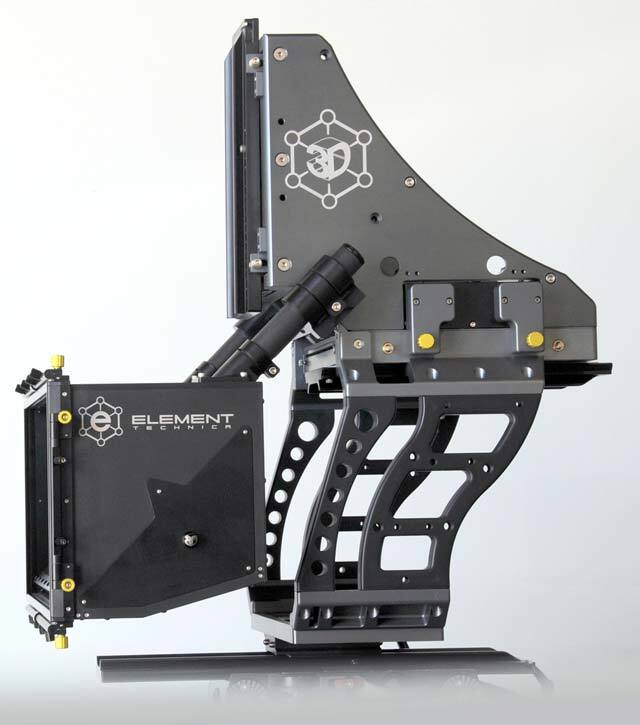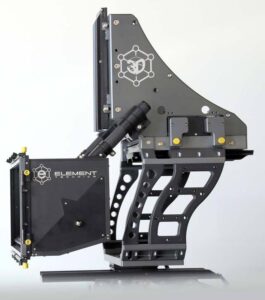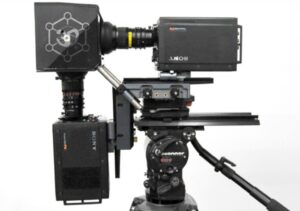
Digital 3D cinematography technology!
Jul 31 2023
Past 10 years both 3D cinematography and Imax is the most popular technology among film makers and audience…hence the movies with Imax and 3d also registers good box office returns.
Digital 3D Cinematography-
Digital 3D came to light when Director James Cameron introduced for his Avatar – part one (2009), during making this film with Digital cinema cameras they used a Beam splitter rig for mounting dual cameras.
- The basic principle behind shooting stereoscopic 3D is to capture and then present two slightly different points of view and let the viewer’s own visual system determine stereoscopic depth.
- The interocular separation technically refers to the distance between the centres of the human eyes. This distance is typically accepted to be an average of 65mm (roughly 2.5 inches). Modern 3-D rig is built on this principle, for 3D cinematography filming from 5D mark II DSLR cameras to RED, ALEXA cinema cameras can be used with the 3D beam splitter rig.


3D BEAM SPLITTER RIG
- The beam-splitter 3D stereoscopic rig is very popular to shoot 3D Filming. Rig is designed to fit one camera in a typical horizontal position, pointed directly at the subject, and one in a vertical position, mounted below and in front of the horizontal camera. Both cameras are able to record the subject, with a loss of approximately one stop for each camera due to the physic slot of a Beam splitter.
- The 3-D RIG is adjustable in any axis, independently. Beam-splitters use a 50/50 or 60/40 mirror (similar to teleprompter glass) that allows one camera to shoot through the glass and then other to shoot the reflection.
- optical Glass in BK7. The high quality coating provides high quality images. Mainly no color / luminance difference between the two images. Accurate and precise geometry matching.
- There are over 20 different beam splitter rigs on the market. Fusion 3D rig is most popular one.
Most important thing is Cinematographer has to use two similar cameras with the same menu setting for each camera….and lenses with same focal length, similar brand (identical batch of manufacturing) and T stop setting.
As depth of field plays important in 3D especially deeper focus so even in interiors DOP has to keep his lighting at T8 considering exposure compensation for 3D beam splitter glass.
The choice of focal length is always going to get limited within 50mm lens….because tele lens create shallow depth of field and narrow angle which is not beneficial for 3D cinematography which needs forced perspective.

Cinematographer Nirav Shah was very successful in creating high quality 3D images for his film 2.0 and recently Santhosh Sivan has shot his new film with 3D technology.
Another way of achieving 3D release is by shooting in conventional method and converting the footages from 2D to 3D in the post.
- Converting a 2D movie to 3D (post production) requires synthesizing those two views for over 100,000 frames of a feature-length film.
- In India, Prasad EFX team has successfully created 3D conversion for a 2D Tamil feature film ‘SHIVAJI- the boss’.
- Without the benefit of the second camera during filming, VFX artists have to generate the two offset images based on the single flat picture that they have. The first step is to separate the shot into somewhere between two and eight layers of depth.
For example: Image of a man standing in front of a temple wall with a blue sky behind the wall.The graphic artist might separate the shot into three layers:
The man,
Temple wall and
The sky.
- Then, he would take each layer and draw contour lines around any object that appeared there. He would start by marking the depth lines on the man using a computer, turning the image into a sort of topographical map. He would repeat the process for any objects in the other layers. If there were a bird in the sky, he draws lines there too.
- Once this is done, the computer takes over. Software creates a new offset image of the man by moving the various regions of the contour map to the left or right and smoothing everything out.
- This conversion process requires more man power; nearly a team of more than 50 technicians may be employed. Conversion process will take nearly 10 months to complete. Budget will be nearly equal to a medium budget film in India.
Most of the Hollywood blockbusters are converted to 3D during post production.
Article by
CJ Rajkumar
Author/Cinematographer
